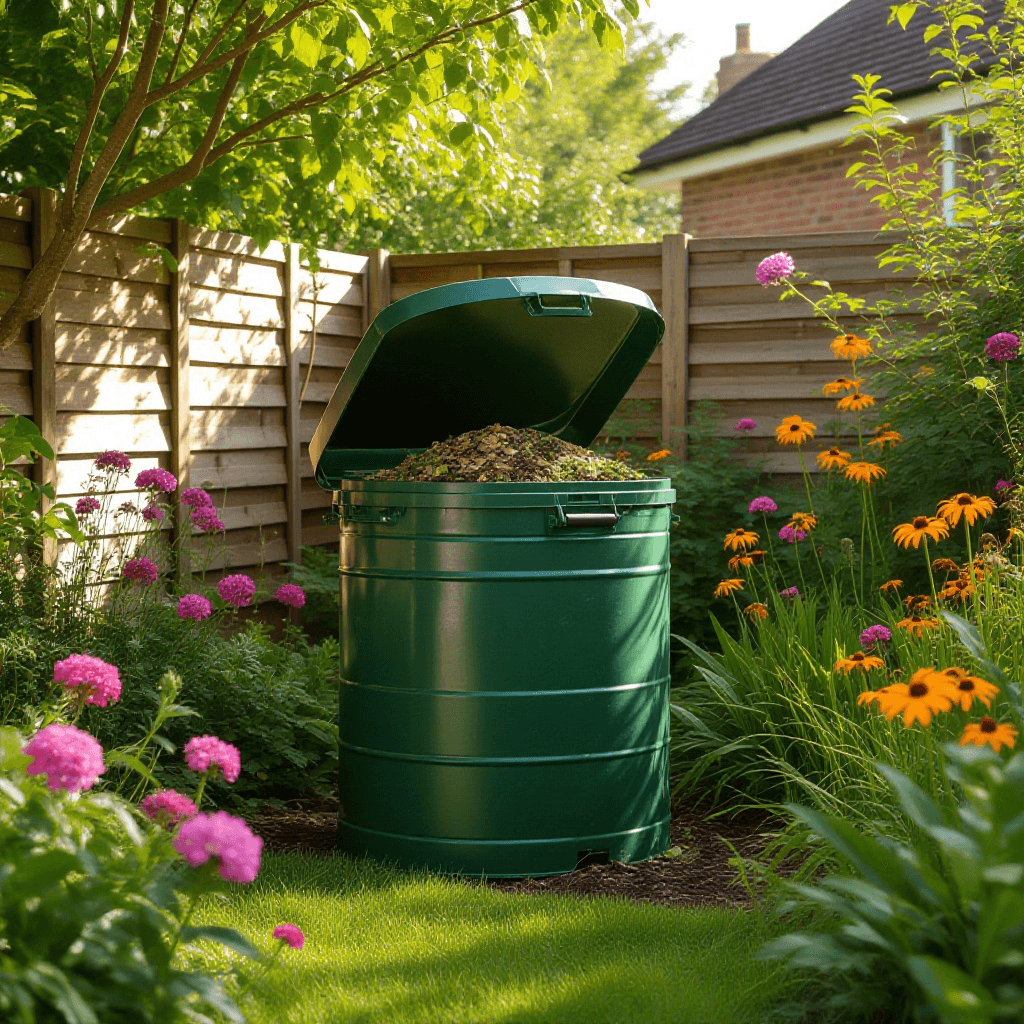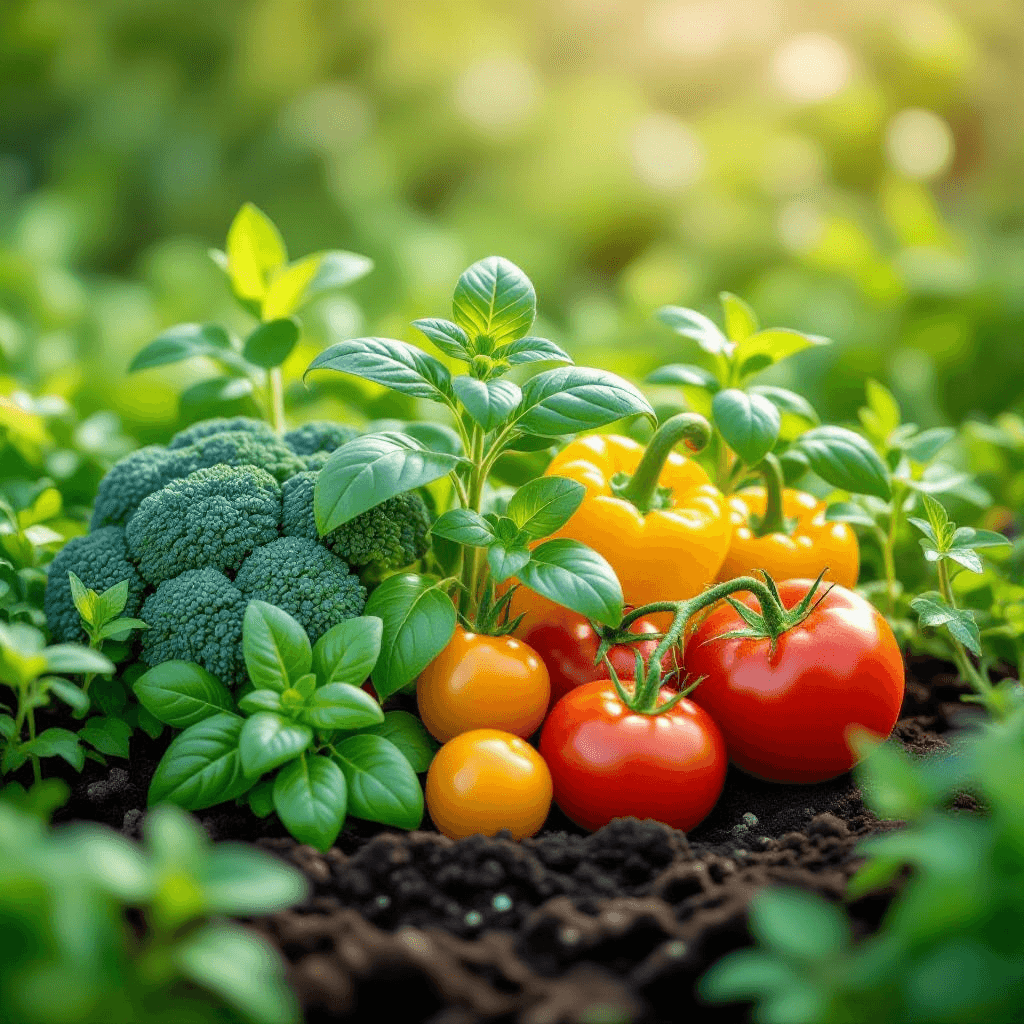Understanding Composting: The Basics
Composting is a natural process of recycling organic matter, such as food scraps and yard waste, into a rich soil amendment known as compost. This practice not only reduces the volume of waste sent to landfills but also contributes to environmental sustainability by returning nutrients to the soil. The fundamental principle of composting lies in the decomposition process, which transforms organic materials into humus—a dark, nutrient-rich substance beneficial for plants.
At the heart of the composting process is a diverse community of microorganisms, including bacteria, fungi, and other decomposers. These organisms break down complex organic materials into simpler compounds. The activity of these microorganisms generates heat, which accelerates decomposition and can lead to effective compost production within a few months. Understanding the role of these microorganisms is crucial for successful composting, as they require a balanced diet of carbon-rich (browns) and nitrogen-rich (greens) materials to thrive and perform optimally.
The benefits of composting extend beyond waste reduction. First and foremost, compost enriches garden soil, enhancing its structure and fertility. The addition of compost improves soil aeration and moisture retention, creating an ideal environment for healthy root development. Furthermore, composting promotes sustainable gardening practices by minimizing the need for chemical fertilizers and pesticides, which can have adverse environmental impacts. By utilizing compost, gardeners can cultivate plants that are more resilient to pests and diseases while supporting local biodiversity.
Incorporating compost into gardening practices not only nurtures plants but also helps combat climate change by reducing greenhouse gas emissions associated with waste processing. As the practice of composting becomes increasingly popular among environmentally conscious individuals, it remains an essential tool for fostering a healthier planet and vibrant garden ecosystems.
Setting Up Your Composting System
Creating a composting system suited to your space and recycling needs can significantly enhance your gardening efforts, while also reducing organic waste. The initial step is determining the right composting method for you. Several options are available including traditional compost piles, enclosed bins, and vermicomposting, which utilizes worms to break down materials.
For beginners or those with limited space, a compost bin is often the optimal choice. It helps to contain the materials and can be placed conveniently in a yard or balcony. If you have ample space, traditional compost piles can be a more economical solution; they require less initial investment and can accommodate larger quantities of waste. Vermicomposting is an ideal solution for urban dwellers, as it requires minimal space and can be done indoors, given the right conditions for the worms.
When selecting a location for your composting system, consider factors such as accessibility and sunlight. Ideally, the site should be in a shaded area to prevent excess moisture loss during dry seasons. Additionally, proximity to your kitchen will make it easier to add organic waste regularly. To ensure that your compost pile remains effective, it is crucial to achieve a balanced mixture of green (nitrogen-rich) and brown (carbon-rich) materials. Green materials include vegetable scraps, grass clippings, and coffee grounds, while brown materials comprise dried leaves, cardboard, and straw.
Maintaining the right ratio of these materials aids in the decomposition process and reduces odors. The ideal balance often cited is three parts brown to one part green, though variations may be acceptable based on your specific composting system. Moreover, it is essential to have the right tools, such as a compost turner for aerating the pile, as well as a moisture gauge to track the wetness, to promote effective and efficient composting.
Maintaining and Monitoring Your Compost
To ensure a healthy and effective composting process, regular maintenance and monitoring of your compost pile are essential. One of the fundamental practices for optimizing decomposition is aeration. This involves turning the compost to introduce oxygen, which is critical for the aerobic microorganisms that break down organic matter. Ideally, compost should be turned every few weeks to enhance aeration. Using a pitchfork or compost aerator can facilitate this process, ensuring the material is mixed well and oxygen reaches all parts of the pile.
Moisture management is another vital aspect of compost maintenance. Compost should be kept consistently moist, similar to a damp sponge, as too much dryness can impede microbial activity and prolong decomposition. Conversely, excessive moisture may lead to anaerobic conditions, resulting in foul odors. To monitor moisture levels, periodically assess the texture of the compost; if it feels dry, sprinkle water, and if it appears too wet, allow it to air out or add dry materials such as shredded newspaper or cardboard to absorb excess moisture.
Temperature monitoring is also crucial for successful composting. A compost pile typically heats up as decomposition occurs, and maintaining a temperature between 130°F and 160°F (54°C to 71°C) is ideal for rapid breakdown and pathogen eradication. You can use a compost thermometer to check the internal temperature, adjusting aeration and moisture based on readings. Should you notice unpleasant odors or slow decomposition, investigate potential issues such as insufficient aeration, inadequate moisture, or an imbalance of green (nitrogen-rich) and brown (carbon-rich) materials. Addressing these concerns promptly will help keep your compost healthy and productive.
Using Your Finished Compost: Benefits and Applications
Utilizing finished compost offers a myriad of advantages for both gardening and landscaping endeavors. As a rich organic material derived from decomposed household and yard waste, compost serves as a powerful tool for enhancing soil health and boosting plant growth. The incorporation of compost into garden beds significantly improves soil structure, promoting better aeration and drainage. This improvement is critical, as plants thrive in well-structured soil with appropriate moisture retention.
One of the remarkable benefits of finished compost is its ability to enhance nutrient availability. Compost is packed with essential nutrients that are released slowly, providing a continuous supply to plants. This steady nutrient release minimizes the risk of over-fertilization while ensuring that plants receive the necessary nourishment throughout their growth cycles. Additionally, the microbial diversity present in compost helps in breaking down soil pollutants, creating a healthier environment for plant roots.
Moreover, compost acts as a natural pest deterrent by fostering a thriving ecosystem in the garden. Healthy soil populated with beneficial microorganisms can suppress harmful pests and diseases, reducing the reliance on chemical pesticides. This aspect of finished compost not only promotes sustainable gardening practices but also contributes to a more resilient garden ecosystem.
The application of finished compost can take various forms. As a soil amendment, it can be mixed into garden beds to enrich the soil before planting. Alternatively, it can be used as mulch to protect the soil surface, retain moisture, and regulate soil temperature. Timing is crucial—applying compost in the spring as the growing season begins or in the fall to prepare the garden for winter ensures maximum benefits. Furthermore, techniques such as topdressing—spreading a layer of compost over existing soil—can effectively replenish nutrients without disrupting the plant’s root systems.


